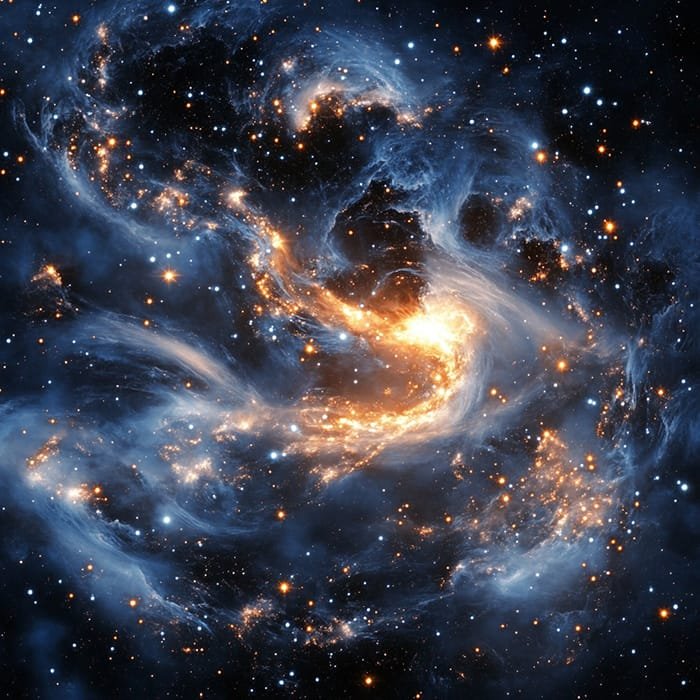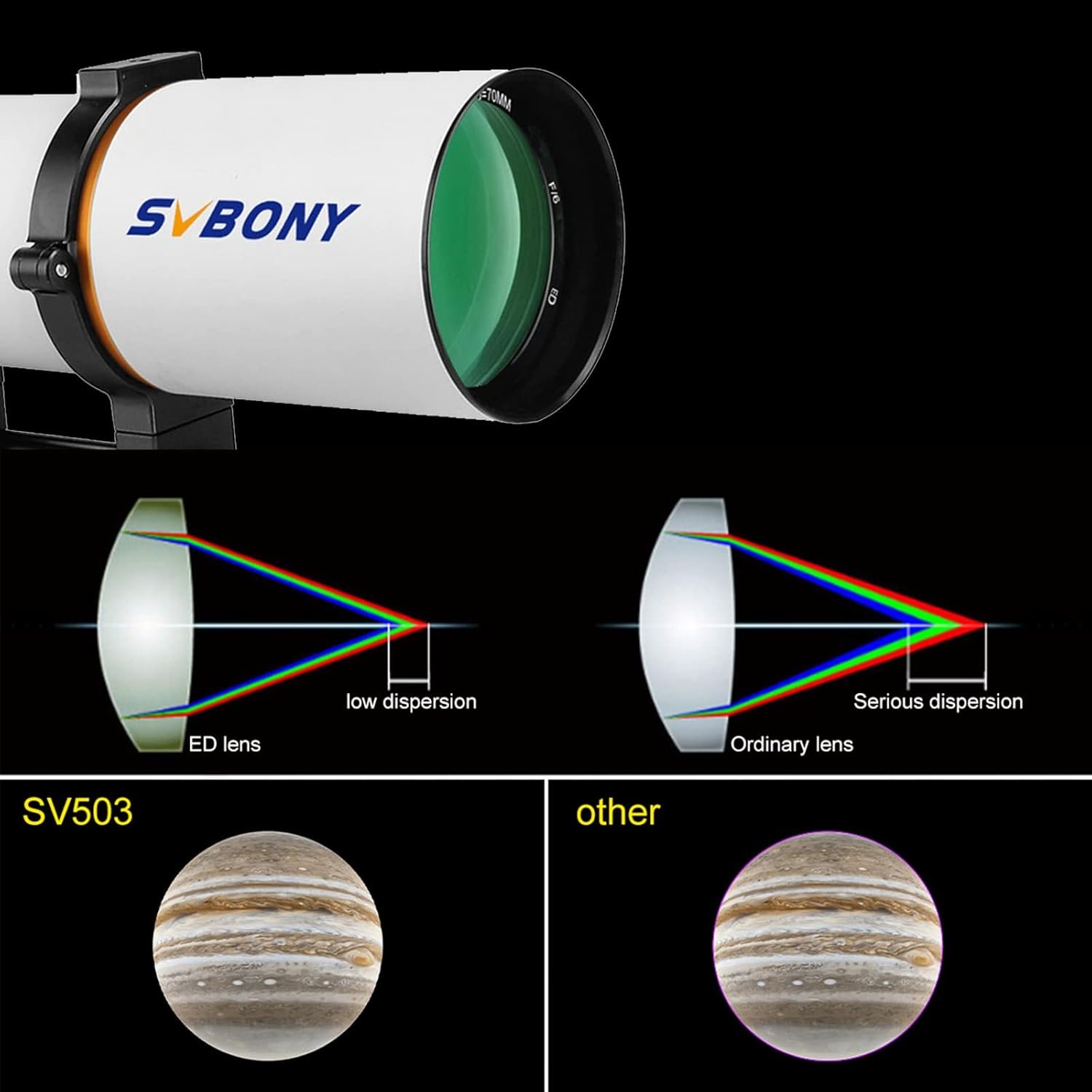Runaway stars are high-speed wanderers ejected from their origins, impacting galaxies and revealing cosmic history.
Key Takeaways 📝
- Runaway stars, ejected from their original locations, travel at astonishing speeds and significantly influence the dynamics of galaxies.
- Approximately 1 in every 100 stars can be classified as a runaway star, highlighting their surprising prevalence in the universe.
- The article challenges the notion that stars remain static, revealing how cosmic events like supernovae and galactic collisions can propel stars into new trajectories.
- Understanding runaway stars offers actionable insights into galaxy evolution and star formation, showcasing their crucial role in cosmic history.
- At the core of this exploration lies the message that runaway stars are not just wanderers; they are key players in the universe’s ongoing story, shaping the cosmos as they travel.
The Cosmic Ballet
Have you ever gazed up at the night sky and wondered about the stories hidden among the stars? Our universe, a vast expanse filled with mysteries, invites us to explore its wonders. One such captivating tale unfolds in the cosmos galaxies, where runaway stars embark on spectacular journeys across the universe. This blog post will delve into the phenomenon of runaway stars, exploring their origins, behaviors, and the cosmic impact they have within the galaxies.
What are Runaway Stars?
Runaway stars are like the rebels of the stellar world. Unlike their more stationary counterparts, these stars have been ejected at high speeds from their original locations, traveling through the cosmos galaxies with remarkable velocity. But what makes a star flee from its home, and how does it impact the universe?

The Birth of a Runaway: Origins and Causes
Binary Star Systems
One primary cause of runaway stars is their origin in binary star systems. Imagine two stars locked in a cosmic dance, orbiting each other in harmony. When one of these stars explodes as a supernova, the gravitational bond is broken, sending its partner hurtling through space.
Supernova Explosions
Supernovae are like the universe’s fireworks. When a massive star reaches the end of its life, it explodes with incredible force. This explosion can kick nearby stars out of their orbits, turning them into runaway stars.
Galactic Collisions
Galaxies are not static; they collide and merge, creating cosmic chaos. During these interactions, stars can be slingshotted out of their galaxies, becoming runaways.
The Journey of a Runaway Star
Once a star becomes a runaway, it embarks on a journey that can span millions of light-years. These stars travel at astonishing speeds, sometimes reaching up to 100 kilometers per second. Their paths are not linear, though; they weave through the fabric of space, interacting with different cosmic structures along the way.
Runaway Stars and Their Role in Cosmos Galaxies
Runaway stars are not just wanderers; they play significant roles in the evolution of cosmos galaxies. As they traverse the universe, they can trigger star formation in gaseous regions, influence the dynamics of galaxies, and even leave trails that offer clues about the history of the universe.
Famous Runaway Stars and Their Stories
Some runaway stars have become cosmic celebrities. For instance, the star known as Zeta Ophiuchi is speeding away from its birthplace after its companion exploded in a supernova. Its tale offers insights into the life cycle of stars and the forces that shape our universe.
How Scientists Track Runaway Stars
Tracking runaway stars is no easy feat. Astronomers rely on sophisticated technology to detect and study these stellar nomads. The movement of a runaway star is tracked by measuring its radial velocity and proper motion, revealing its speed and direction.
The Instruments Behind the Discovery
From the Hubble Space Telescope to the European Space Agency’s Gaia mission, a range of instruments helps astronomers study runaway stars. These tools provide detailed data on the motion, composition, and environment of these stellar travelers.
The Impact of Runaway Stars on Galaxies
Runaway stars can significantly impact their surroundings. As they move through galaxies, their gravitational pull can disturb nearby stars and gas clouds, potentially igniting new star formation or altering the galactic structure.
Cosmos Galaxies: A Closer Look
Cosmos galaxies are teeming with runaway stars, each with a unique story. By studying these galaxies, astronomers can learn about the conditions that lead to star ejection and the broader dynamics of galactic evolution.
The Future of Runaway Stars
What lies ahead for runaway stars? As technology advances, our understanding of these cosmic travelers will deepen. Future missions and telescopes will reveal more about their origins, trajectories, and ultimate fates.

Runaway Stars vs. Rogue Planets: What’s the Difference?
While runaway stars and rogue planets both wander the cosmos, they are fundamentally different. Rogue planets are planetary bodies that have been ejected from their systems, while runaway stars are full-fledged stars with their own light and heat.
The Cultural and Scientific Significance
Runaway stars capture the imagination, symbolizing freedom and the unpredictable nature of the universe. Scientifically, they offer a unique window into the forces that shape galaxies and the life cycles of stars.
Challenges in Studying Runaway Stars
Studying runaway stars is fraught with challenges. Their high velocities and vast distances make them elusive targets. Additionally, the effects of interstellar medium on their paths add complexity to their study.
Technological Advances in Astronomy
As technology advances, so does our ability to study runaway stars. New tools and techniques are being developed to better track these stars, analyze their composition, and understand their impacts on the cosmos galaxies.
Conclusion: The Endless Dance of the Cosmos
The universe is a dynamic, ever-changing tapestry, with runaway stars playing a crucial role in its grand design. Their journeys across the cosmos galaxies remind us of the endless possibilities and mysteries that await discovery. As we continue to explore the heavens, these stellar adventurers will guide us, illuminating the path to a deeper understanding of the cosmos.
FAQs
What is a runaway star?
A runaway star is a star that has been ejected from its original location, traveling through space at high speeds.
How do runaway stars form?
Runaway stars can form from binary star systems, supernova explosions, or galactic collisions.
What impact do runaway stars have on galaxies?
Runaway stars can influence star formation, alter galactic structures, and provide insights into cosmic history.
How are runaway stars tracked?
Astronomers use telescopes and other instruments to measure the radial velocity and proper motion of runaway stars.
What is the difference between a runaway star and a rogue planet?
Runaway stars are ejected stars, while rogue planets are planetary bodies that have been expelled from their systems.
In the cosmic ballet, runaway stars are the solo performers, dancing across the stage of the universe and inviting us to follow their remarkable journeys. As we gaze up at the stars, let’s remember the stories they tell and the mysteries they hold, waiting for us to uncover
























